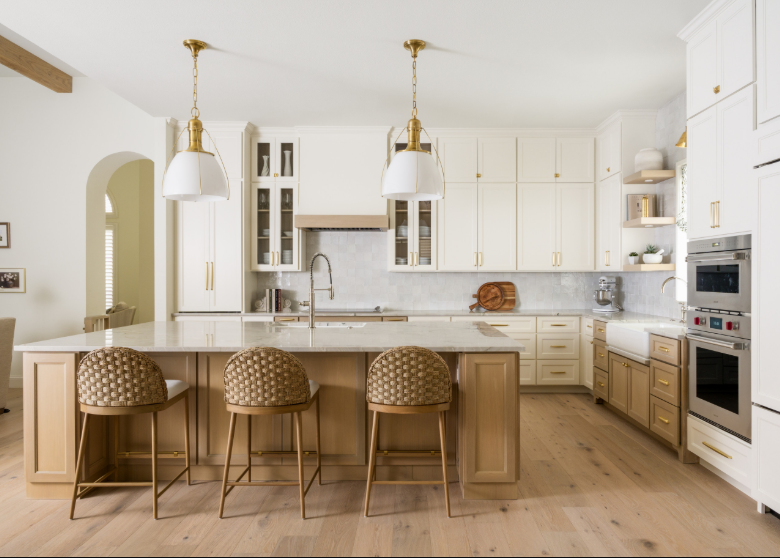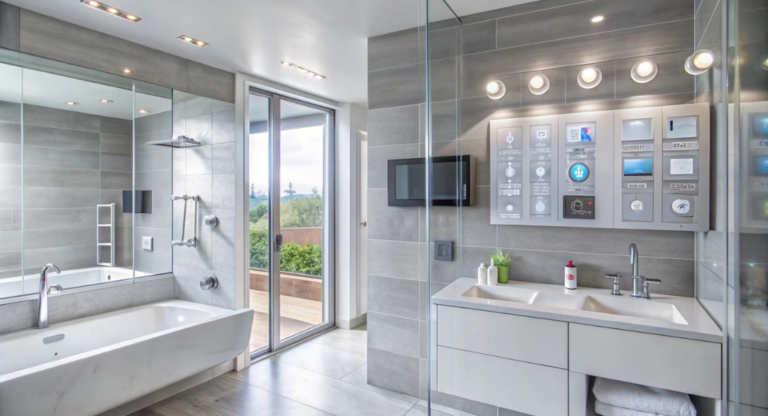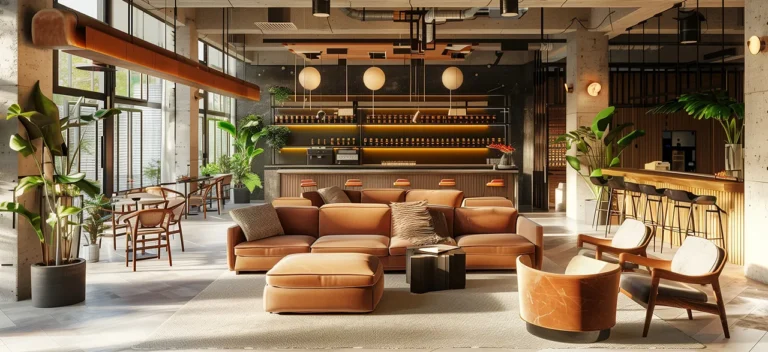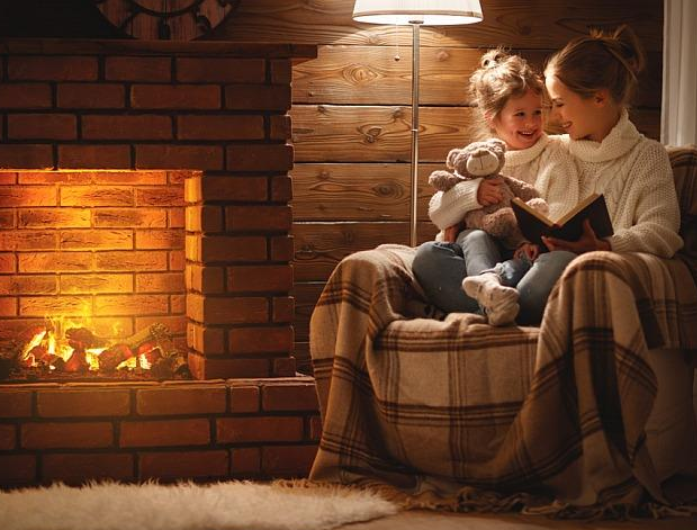Key Differences Explained for Smarter Kitchen Design Choices
Designing a kitchen is one of the most exciting yet challenging parts of building or remodeling a home. Since the kitchen serves as both a functional workspace and a social hub, making informed choices can save time, money, and stress in the long run. By understanding the key differences in kitchen design, homeowners can make smarter decisions that balance style, practicality, and long-term value.
Why Kitchen Design Matters
A well-planned kitchen can improve workflow, enhance safety, and increase the overall value of your home. According to a 2023 home improvement survey, 78% of homeowners who upgraded their kitchen reported a significant boost in daily convenience and satisfaction. Additionally, modern kitchen designs have a direct impact on resale value, with remodeled kitchens offering up to 75% return on investment (ROI) when selling a property.
With numbers like these, it’s clear that kitchen design is more than just aesthetics—it’s a financial and functional decision.
Layout: Open Concept vs. Closed Kitchens
One of the biggest debates in kitchen design is choosing between an open or closed layout.
- Open Kitchens: These layouts connect seamlessly with dining and living spaces, making them ideal for entertaining and creating a sense of spaciousness. Families with children often prefer open kitchens for better visibility and social interaction.
- Closed Kitchens: These provide more privacy, less noise, and better containment of cooking odors. While less trendy in modern homes, closed kitchens remain popular in traditional or compact spaces where focus and separation are priorities.
Tip: Consider your lifestyle—if you enjoy hosting, open kitchens might suit you best. For a quieter cooking environment, a closed design may be smarter.
Storage: Cabinets vs. Open Shelving
Storage plays a crucial role in any kitchen design. The choice between traditional cabinetry and open shelving can impact both appearance and usability.
- Cabinets: Offer maximum storage and keep clutter out of sight. They are excellent for families or individuals who own many kitchen tools and appliances.
- Open Shelving: Brings a modern, airy feel and makes items more accessible. However, it requires neat organization since everything is on display.
According to a recent design report, 63% of homeowners still prefer cabinets for practical reasons, but open shelving continues to trend among minimalist homeowners.
Materials: Natural vs. Engineered Surfaces
Countertops, flooring, and backsplashes define the durability and look of your kitchen. Here’s how natural and engineered materials differ:
- Natural Stone (Granite, Marble, Quartzite): Timeless and elegant, but requires maintenance to prevent stains and scratches.
- Engineered Surfaces (Quartz, Laminate, Porcelain): Highly durable, low-maintenance, and often more budget-friendly.
In 2024, engineered quartz has become the most popular countertop choice, favored for its balance of durability and style.
See also: Arcadia Home Care: Your Local Partner in Dementia Home Care Solutions
Appliances: Built-In vs. Freestanding
Appliances are the backbone of functionality in any kitchen design. The decision often comes down to aesthetics versus flexibility.
- Built-In Appliances: Sleek, space-saving, and ideal for modern designs. They can be seamlessly integrated into cabinetry for a cohesive look.
- Freestanding Appliances: Easier to replace, often more affordable, and allow for flexibility if you plan to move or remodel again.
If resale value is important, built-in appliances typically give kitchens a higher-end appearance.
Lighting: Task vs. Ambient
Lighting choices can completely transform the feel and function of a kitchen.
- Task Lighting: Focuses on work areas like countertops, islands, and sinks. This includes under-cabinet lighting and pendant lights.
- Ambient Lighting: Creates overall mood and illumination, often achieved with ceiling fixtures or recessed lighting.
For the best kitchen design, experts recommend layering both types of lighting. This ensures practicality while also enhancing atmosphere.
Flooring: Hardwood vs. Tile
Flooring is a high-traffic area in any kitchen, making material choice critical.
- Hardwood: Warm, timeless, and adds value. However, it requires sealing and maintenance to resist water damage.
- Tile (Ceramic or Porcelain): Extremely durable, water-resistant, and available in countless styles. On the downside, it can feel colder and harder underfoot.
In recent years, luxury vinyl planks (LVP) have emerged as a middle-ground option, mimicking the look of wood while offering superior durability and water resistance.
Smart Kitchen Features: Trend or Necessity?
Smart technology is no longer just a luxury in kitchen design. From Wi-Fi-enabled ovens to motion-sensor faucets, smart features improve convenience and efficiency. In fact, over 40% of homeowners included at least one smart device in their kitchen remodel in 2023.
These upgrades not only simplify daily routines but can also increase property appeal for tech-savvy buyers.
Making Smarter Kitchen Design Choices
When navigating these key differences, the smartest approach is to balance style, budget, and function. Here are three quick steps to guide you:
- Assess Your Lifestyle Needs – Think about how you use your kitchen daily. Do you cook often? Host gatherings? Need extra storage?
- Prioritize Long-Term Value – Choose durable materials and timeless layouts over short-lived trends.
- Set a Realistic Budget – On average, kitchen remodels cost between $15,000 and $50,000 depending on scope and finishes. Planning ahead avoids overspending.
Final Thoughts
Every element in a kitchen design—from layout to materials and lighting—affects how the space functions and feels. By understanding the key differences explained above, you can make smarter decisions that align with your lifestyle, aesthetic preferences, and financial goals. Whether you’re planning a full remodel or simple updates, thoughtful kitchen design choices will enhance both your daily living and your home’s long-term value.






